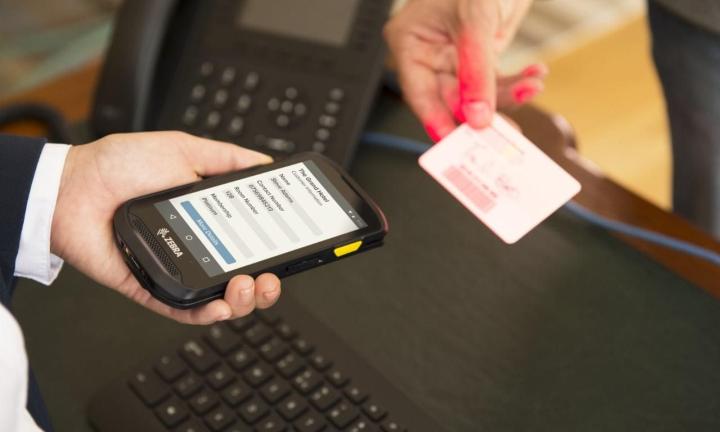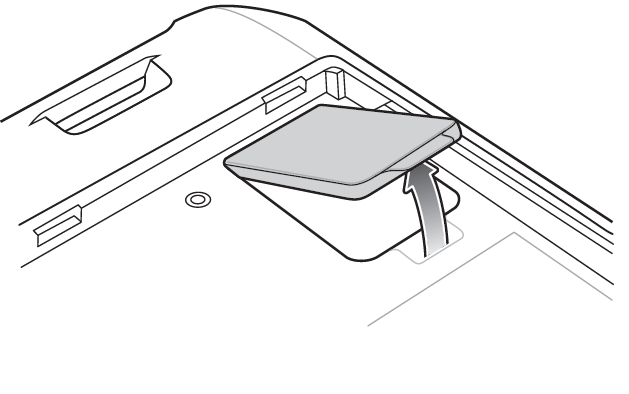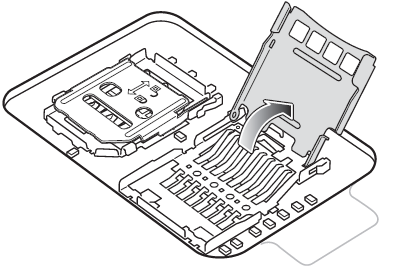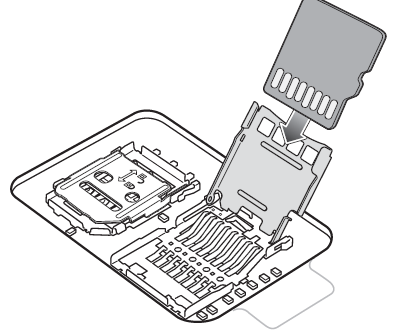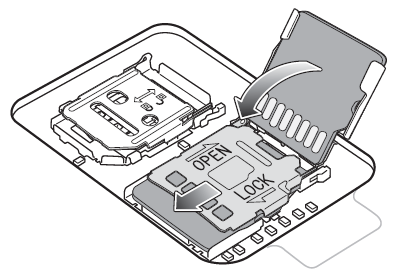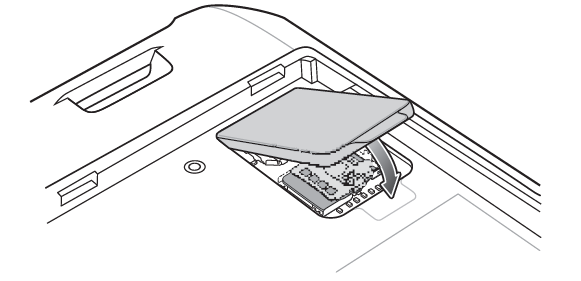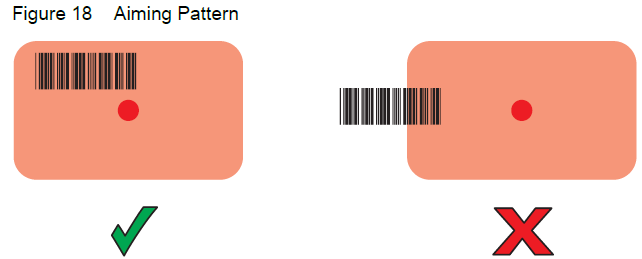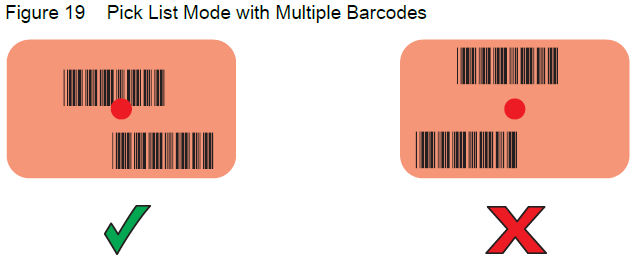ZEBRA Touch Computer
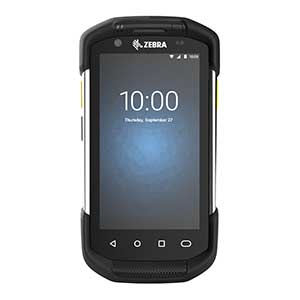
Copyright
ZEBRA and the stylized Zebra head are trademarks of Zebra Technologies Corporation, registered in many jurisdictions worldwide. All other trademarks are the property of their respective owners. ©2019 Zebra Technologies Corporation and/or its affiliates. All rights reserved. COPYRIGHTS & TRADEMARKS: For complete copyright and trademark information, go to www.zebra.com/copyrightWARRANTY: For complete warranty information, go to www.zebra.com/warrantyEND USER LICENSE AGREEMENT: For complete EULA information, go to www.zebra.com/eula
Terms of Use
- Proprietary StatementThis manual contains proprietary information of Zebra Technologies Corporation and its subsidiaries (“Zebra Technologies”). It is intended solely for the information and use of parties operating and maintaining the equipment described herein. Such proprietary information may not be used, reproduced, or disclosed to any other parties for any other purpose without the express, written permission of Zebra Technologies.
- Product ImprovementsContinuous improvement of products is a policy of Zebra Technologies. All specifications and designs are subject to change without notice.
- Liability DisclaimerZebra Technologies takes steps to ensure that its published Engineering specifications and manuals are correct; however, errors do occur. Zebra Technologies reserves the right to correct any such errors and disclaims liability resulting therefrom.
- Limitation of LiabilityIn no event shall Zebra Technologies or anyone else involved in the creation, production, or delivery of the accompanying product (including hardware and software) be liable for any damages whatsoever (including, without limitation, consequential damages including loss of business profits, business interruption, or loss of business information) arising out of the use of, the results of use of, or inability to use such product, even if Zebra Technologies has been advised of the possibility of such damages. Some jurisdictions do not allow the exclusion or limitation of incidental or consequential damages, so the above limitation or exclusion may not apply to you.
Unpacking
- Carefully remove all protective material from the device and save the shipping container for later storage and shipping.
- Verify that the following were received:• Touch computer• PowerPrecision+ Lithium-ion battery• Regulatory Guide.
- Inspect the equipment for damage. If any equipment is missing or damaged, contact the Global Customer Support center immediately.
- Prior to using the device for the first time, remove the protective shipping film that covers the scan window, display and camera window.
Features
FRONT VIEW
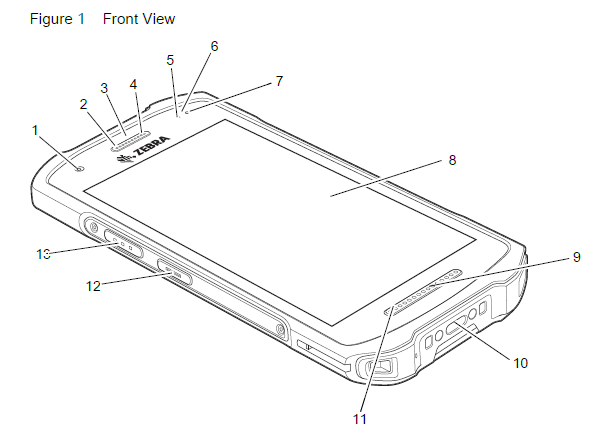
| Number | Item | Function |
| 1 | Front Camera | Takes photos and videos (available on some models). |
| 2 | Receiver | Use for audio playback in Handset mode. |
| 3 | Proximity Sensor | Determines proximity for turning off display when in handset mode. |
| 4 | Microphone | Use for communications in Speakerphone mode. |
| 5 | Data Capture LED | Indicates data capture status. |
| 6 | Light Sensor | Determines ambient light for controlling display backlight intensity. |
| 7 | Charging/Notification LED | Indicates battery charging status while charging and application generated notifications. |
| 8 | Touch Screen | Displays all information needed to operate the device. |
| 9 | Microphone | Use for communications in Handset mode. |
| 10 | USB-C Connector | Provides USB host and client communications, and device charging via cables and accessories. |
| 11 | Speaker | Provides audio output for video and music playback. Provides audio in speakerphone mode. |
| 12 | Scan Button | Initiates data capture (programmable). |
| 13 | PTT Button | Initiates push-to-talk communications (programmable). |
REAR VIEW
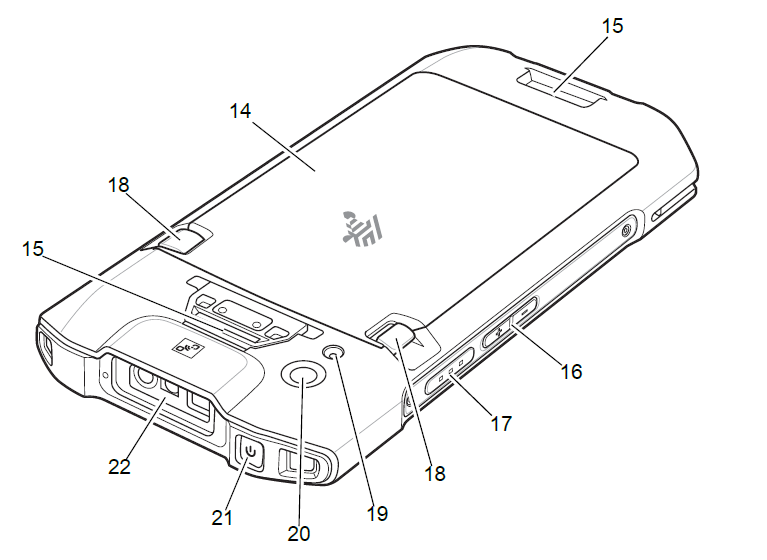
| Number | Item | Function |
| 14 | Battery | Standard – 3,300 mAh (typical) / 3,100 mAh (minimum) PowerPrecision+ Lithium-ion Battery
Extended – 5,400 mAh (typical) / 5,400 mAh (minimum), PowerPrecision+ Lithium-ion Battery. |
| 15 | Basic Hand Strap Mount | Provides mounting point for Basic Hand Strap accessory. |
| 16 | Volume Up/Down Button | Increase and decrease audio volume (programmable). |
| 17 | Scan Button | Initiates data capture (programmable). |
| 18 | Battery Release Latches | Press to remove the battery. |
| 19 | Camera Flash | Provides illumination for the camera. |
| 20 | Rear Camera | Takes photos and videos. |
| 21 | Power Button | Turns the display on and off. Press and hold to reset the device, power off or swap battery. |
| 22 | Exit Window | Provides data capture using the imager. |
Setting Up the Device
To start using the device for the first time.
- Install a micro secure digital (SD) card (optional).
- Install hand strap (optional).
- Install the battery.
- Charge the device.
- Power on the device.
Installing a microSD Card
The microSD card slot provides secondary non-volatile storage. The slot is located under the battery pack. Refer to the documentation provided with the card for more information, and follow the manufacturer’s recommendations for use.CAUTION: Follow proper electrostatic discharge (ESD) precautions to avoid damaging the microSD card. Proper ESD precautions include, but are not limited to, working on an ESD mat and ensuring that the operator is properly grounded.
- Lift the access door.

- Slide the microSD card holder to the unlock position

- Lift the microSD card holder

- Insert the microSD card into the card holder door ensuring that the card slides into the holding tabs on each side of the door.

- Close the microSD card holder and slide into the lock position.

- Re-install the access door.

Installing the Battery
NOTE: User modification of the device, particularly in the battery well, such as labels, asset tags, engravings, stickers, etc., may compromise the intended performance of the device or accessories. Performance levels such as sealing (Ingress Pro-tection (IP)), impact performance (drop and tumble), functionality, temperature resistance, etc. could be effected. DO NOT put any labels, asset tags, engravings, stickers, etc. in the battery well.
- Insert the battery, bottom first, into the battery compartment in the back of the device.
- Press the battery down into the battery compartment until the battery release latches snap into place.
Charging the Device
CAUTION: Ensure that you follow the guidelines for battery safety described in the device Product Reference Guide.Use one of the following accessories to charge the device and/or spare battery.
Main Battery Charging
To charge a device:
- Insert the device into a slot to begin charging.
- Ensure the device is seated properly.
The device’s Charging/Notification LED indicates the status of the battery charging in the device. The 3,220 mAh (typical) standard battery charges from fully depleted to 90% in approximately 2.5 hours and from fully depleted to 100% in approximately three hours. The 5,260 mAh (typical) extended battery charges from fully depleted to 90% in approximately four hours and from fully depleted to 100% in approximately five hours.
NOTE: In many cases the 90% charge provides plenty of charge for daily use. A full 100% charge lasts for approximately 14 hours of use.To achieve the best fast charging results use only Zebra charging accessories and batteries. Charge batteries at room temperature with the device in sleep mode.
| State | Indication |
| Off | Device is not charging. Device is not inserted correctly in the cradle or connected to a power source. Charger/cradle is not powered. |
| Slow Blinking Amber (1 blink every 4 seconds) | Device is charging. |
| Slow Blinking Red (1 blink every 4 seconds) | Device is charging but the battery is at end of useful life. |
| Solid Green | Charging complete. |
| Solid Red | Charging complete but the battery is at end of useful life. |
| Fast Blinking Amber (2 blinks/second) | Charging error, for example:
• Temperature is too low or too high. • Charging has gone on too long without completion (typically eight hours). |
| Fast Blinking Red (2 blinks/second) | Charging error but the battery is at end of useful life., for example:
• Temperature is too low or too high. • Charging has gone on too long without completion (typically eight hours). |
Spare Battery Charging
To charge a spare battery:
- Insert the battery into a battery charging well.
- Gently press down on the battery to ensure proper contact.
The Spare Battery Charging LED on the cup indicates the status of the spare battery charging. The 3,220 mAh (typical) standard battery charges from fully depleted to 90% in approximately 2.5 hours and from fully depleted to 100% in approximately three hours. The 5,260 mAh (typical) extended battery charges from fully depleted to 90% in approximately four hours and from fully depleted to 100% in approximately five hours.
NOTE: In many cases the 90% charge provides plenty of charge for daily use. A full 100% charge lasts for approximately 14 hours of use.
To achieve the best fast charging results use only Zebra charging accessories and batteries.
USB cable
The USB cable plugs into the bottom of the device. When attached to the device the cable allows charging, transferring data to a host computer, and connecting USB peripherals.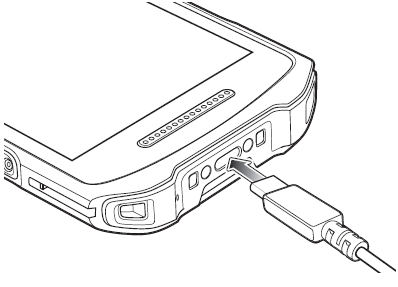
Scanning with Internal Imager
To read a barcode, a scan-enabled app is required. The device contains the DataWedge app that allows the user to enable the imager, decode the barcode data, and display the barcode content.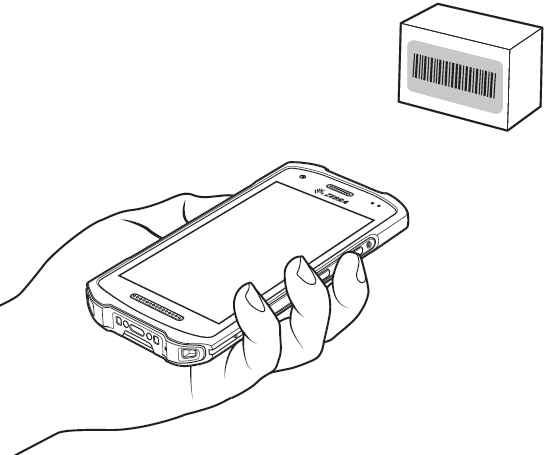
To scan with the internal imager:
- Ensure that an app is open on the device and a text field is in focus (text cursor in text field).
- Point the exit window on the top of the device at a barcode
- Press and hold the scan button. The red laser aiming pattern turns on to assist in aiming.NOTE: When the device is in Picklist mode, the imager does not decode the barcode until the crosshair or aiming dot touches the barcode.
- Ensure the barcode is within the area formed by the crosshairs in the aiming pattern. The aiming dot increases visibility in bright lighting conditions.


- The Data Capture LED lights green and a beep sounds, by default, to indicate the barcode was decoded successfully.
- Release the scan button.NOTE: Imager decoding usually occurs instantaneously. The device repeats the steps required to take a digital picture (im- age) of a poor or difficult barcode as long as the scan button remains pressed.
- The barcode content data displays in the text field.
[xyz-ips snippet=”download-snippet”]

